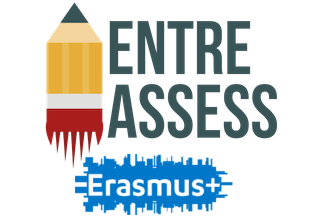What it is: This is a tool for evaluation and/or situating the progress of ideas and inventions during the progression of innovation education and entrepreneurship education. It can be used online or as a pen and pencil rubric.
How it works: The rubric is used by participants in workshops or courses in entrepreneurship education. The rubric provides standards for each step of the process, need, solution, product, product development and business plan. The inventor/entrepreneur uses the emerging profile to situate the idea on a scale. Each idea the participant is working has a rubric attached to it and the participant can change the marking on the rubric as many times as he/she finds necessary as the idea progresses. This evaluation is for the participant’s use only, where the teacher/mentor does not have to see it. However, it is often shared with the teacher at the beginning and end of a course.
Benefits: The most common benefit observed is how the individuals use the standards to make up their minds about how far they want to take each idea. They use it to determine where the idea is situated in the progression from a need to a full business, and to decide if they want to take the idea any further. The rubric benefits the participant as they can use it as a guide to suggest the next steps they could, or should, take in the progression of the idea.
Challenges: If students are not familiar with evaluating their own work using the rubric effectively can be a challenge.
Relevance for entrepreneurial teaching: Managing many ideas at the same time is crucial for the serial inventor/entrepreneur. This tool allows for prioritisation of ideas and their progress as well as putting forward suggestions of what could or should be the next step in the progression. The tool increases the entrepreneurial vocabulary of participants as well as allowing them to put self-determination into practise.
Applied assessment methods: This tool can be viewed as ipsative assessment in so far as the participant is constantly looking at furthering the progression of the invention/idea. The tool is inherently self-directed and is digital in nature.
Examples from practice: The tool has been used in teacher education in Iceland where innovation education is a substantial part or a main focus of courses. It has been used in several INNOENT Education courses in Iceland but more in the Middle East and Far East.Participants use the tool to evaluate the eligibility of an invention forproduction, for funding or to access international competitions such as ITEX.


